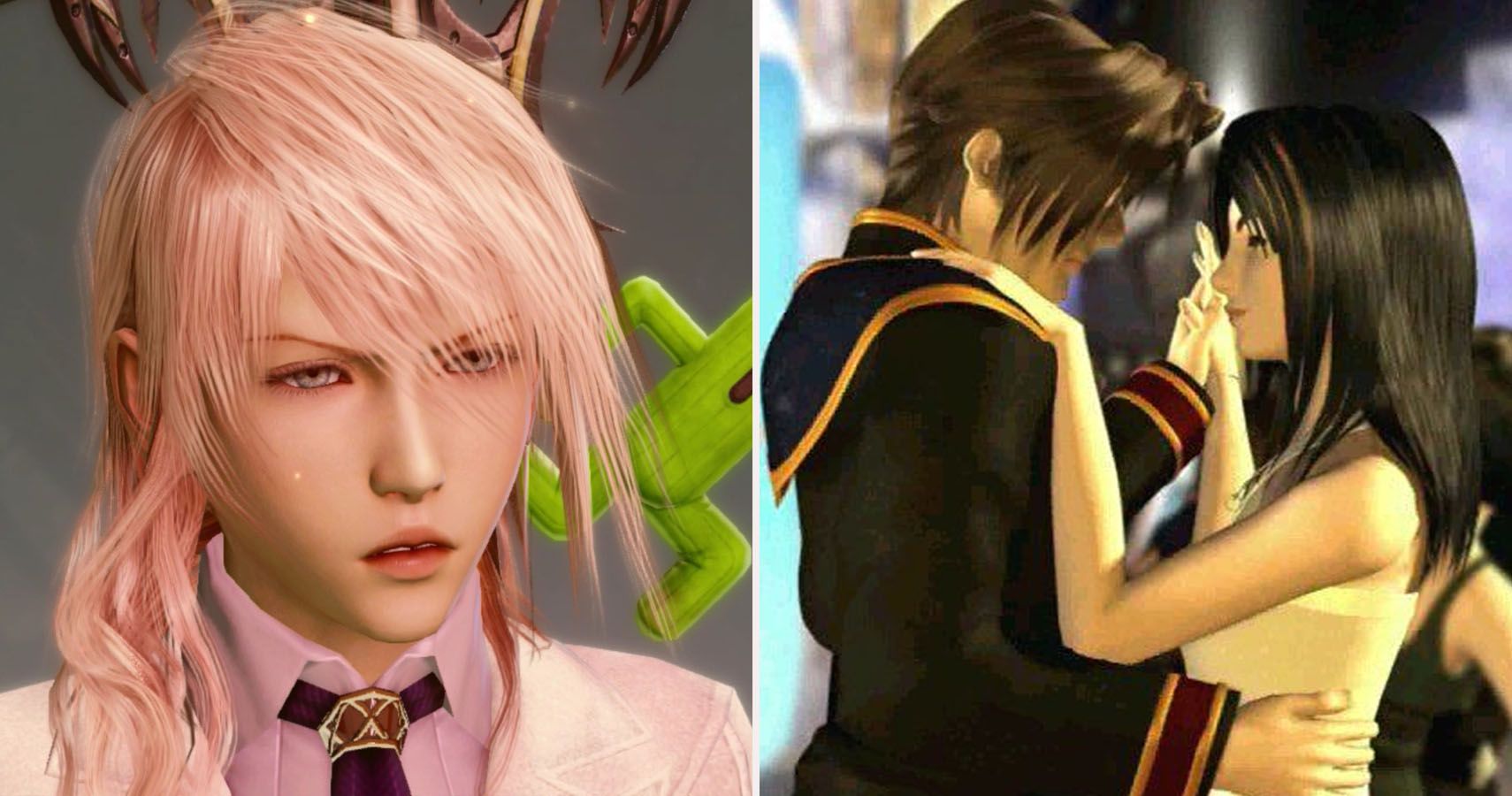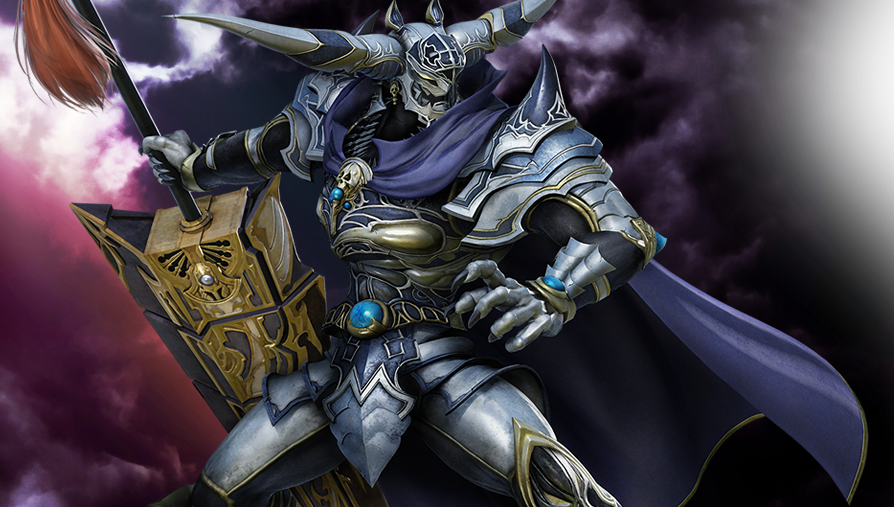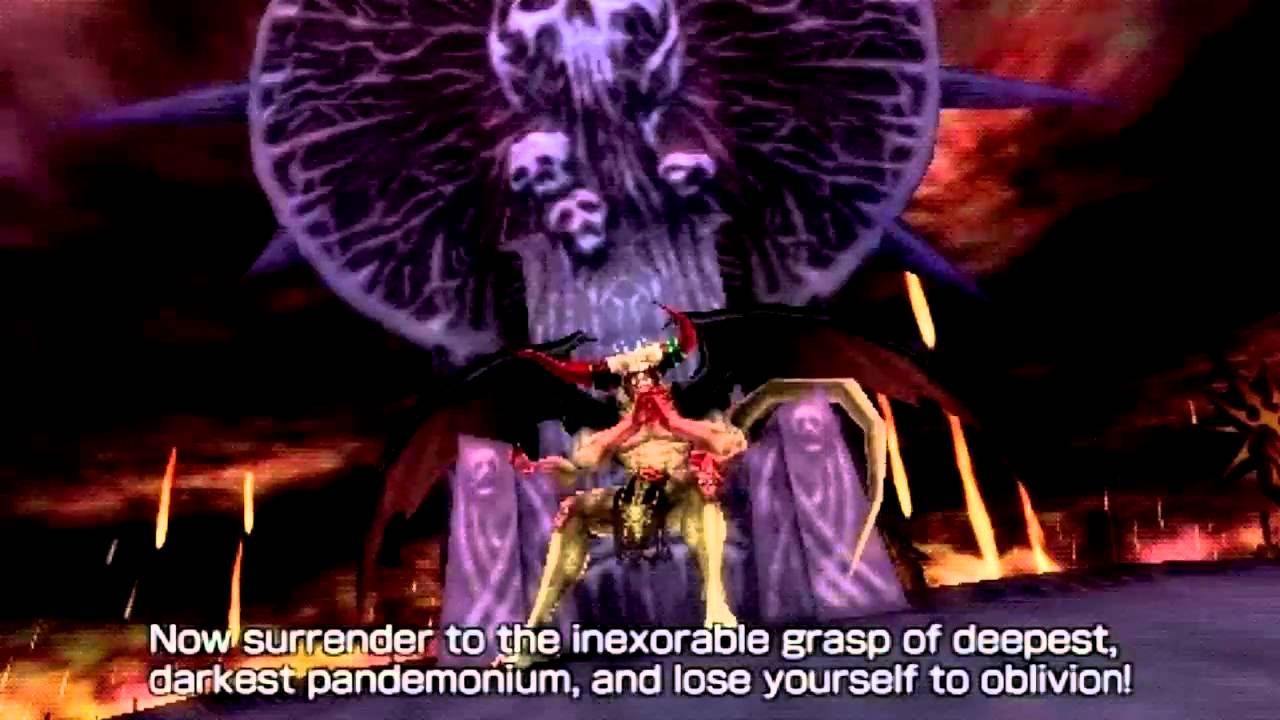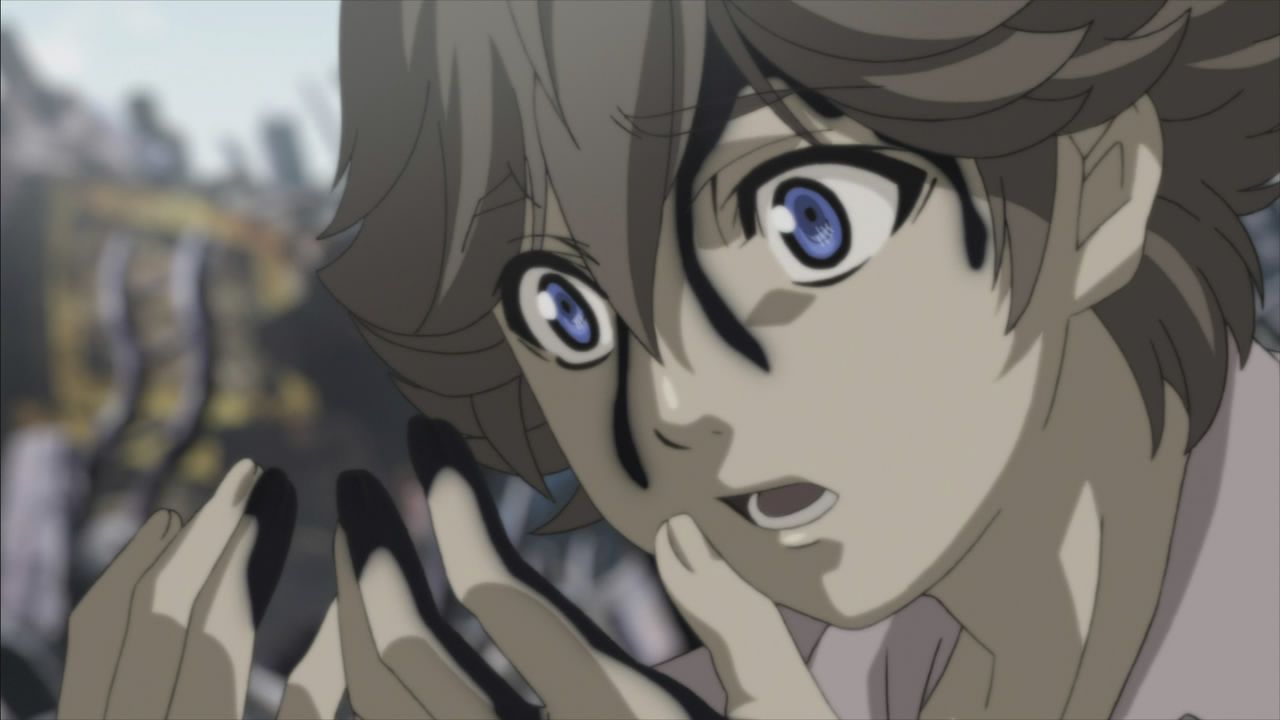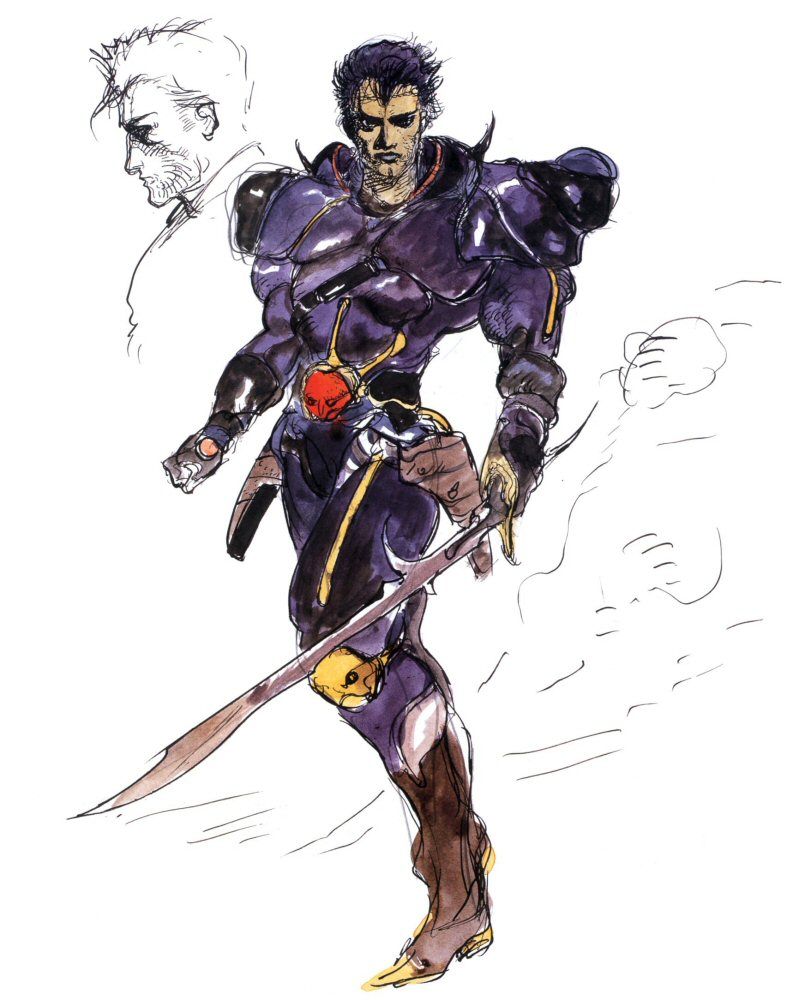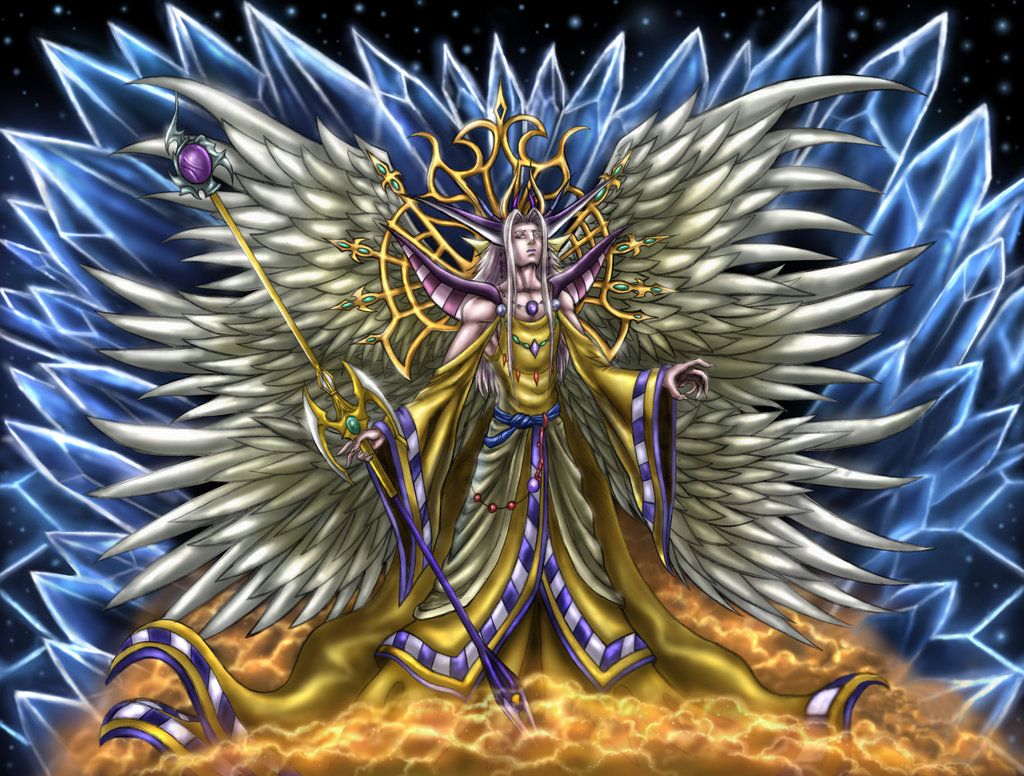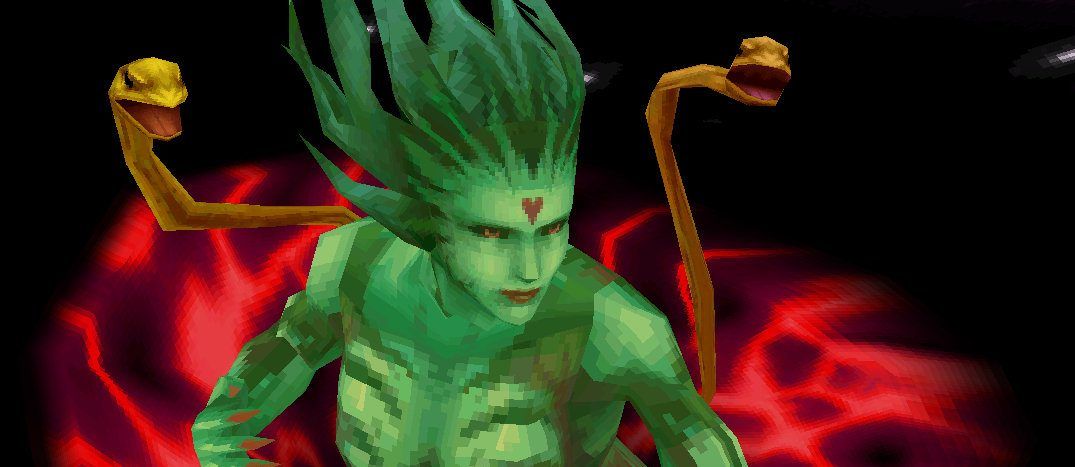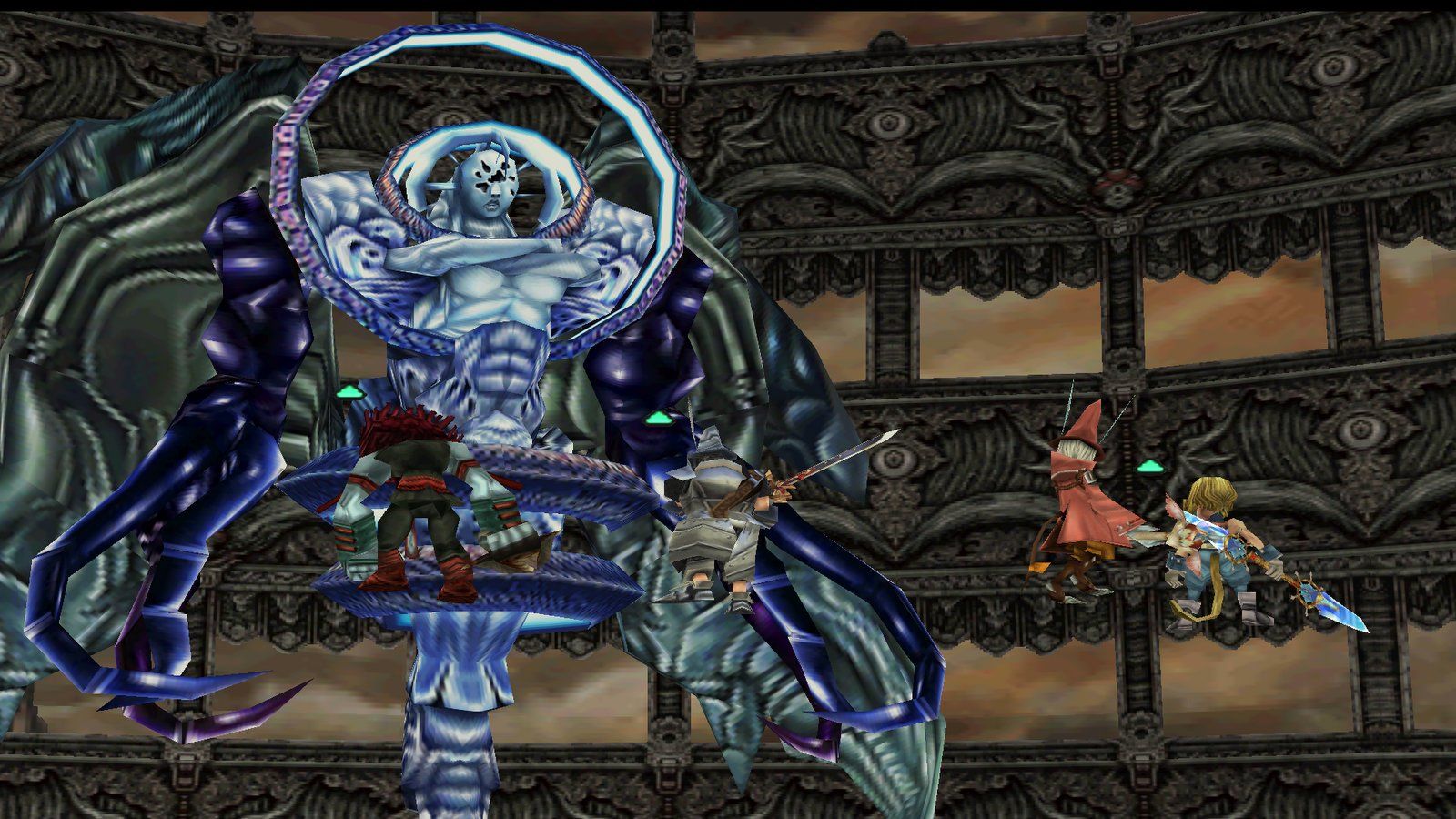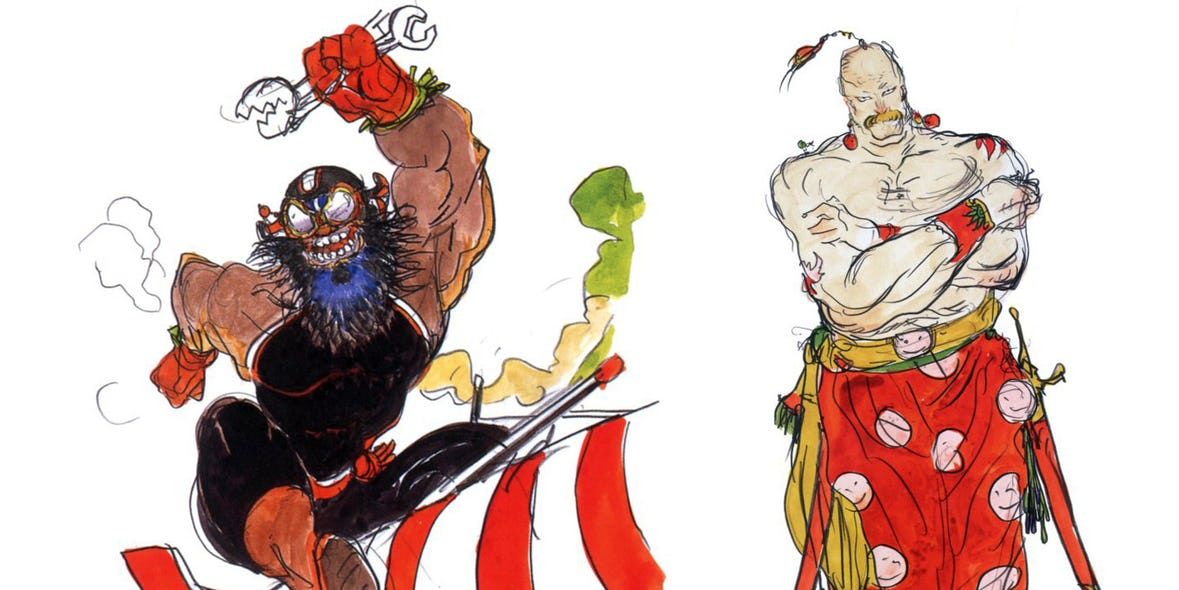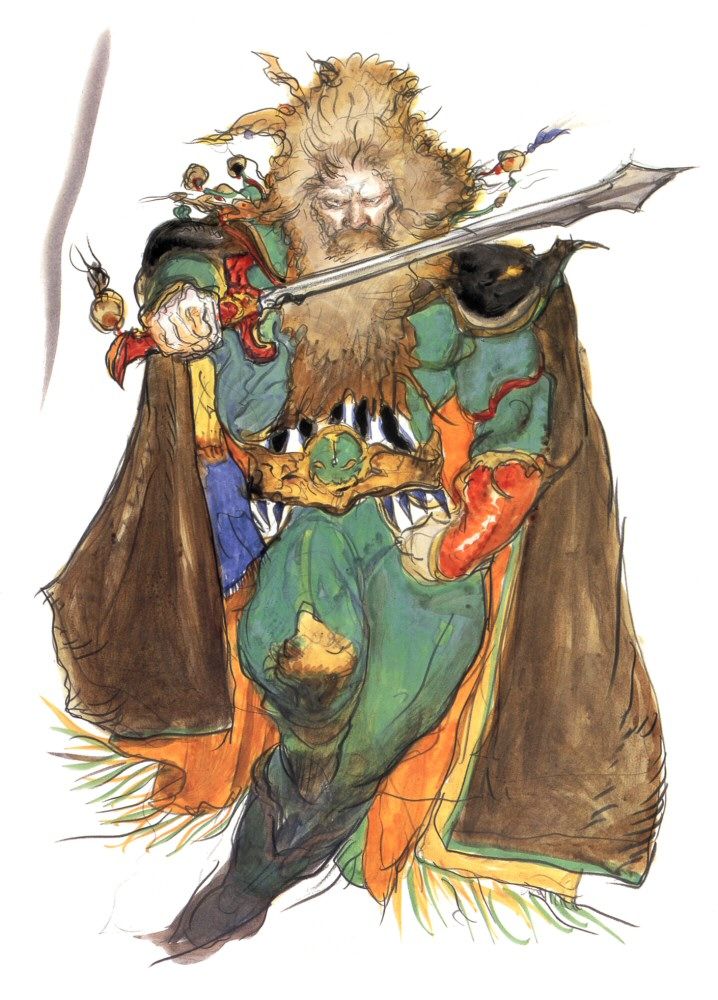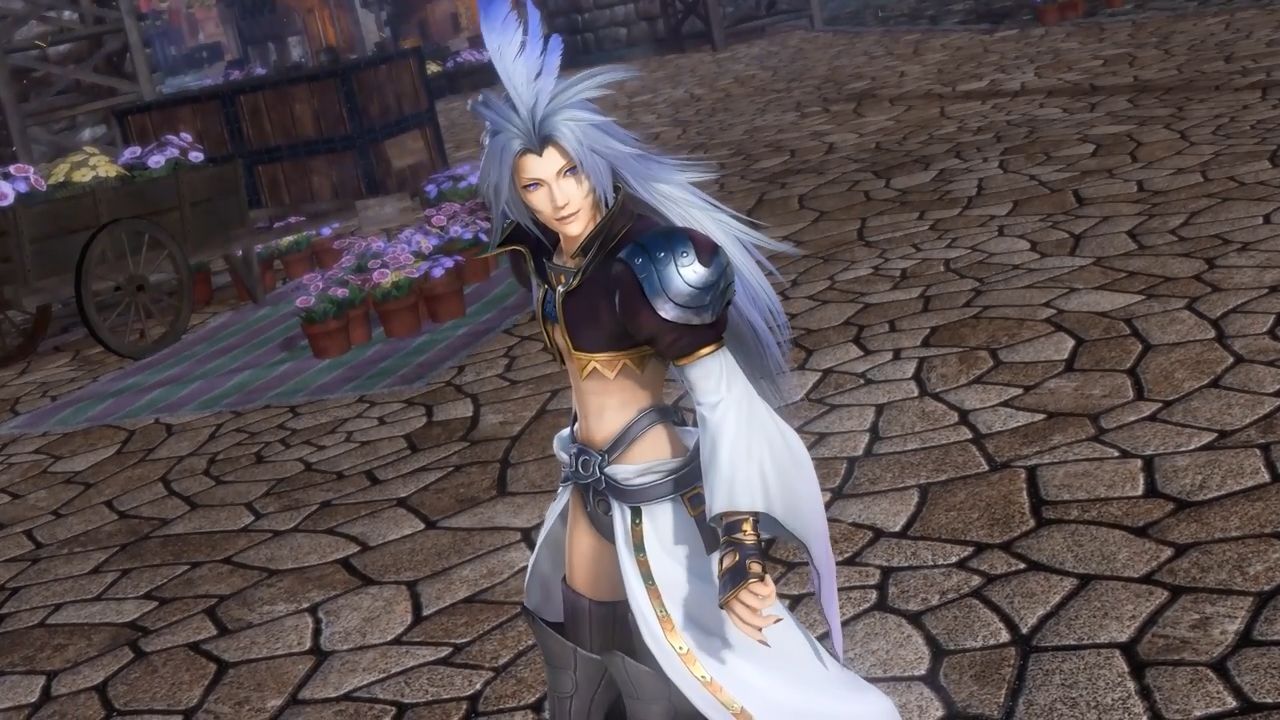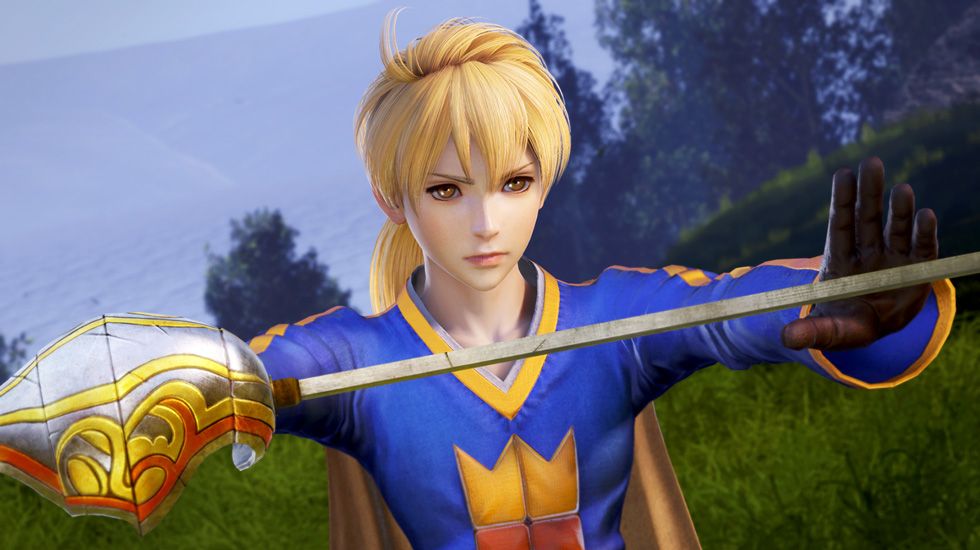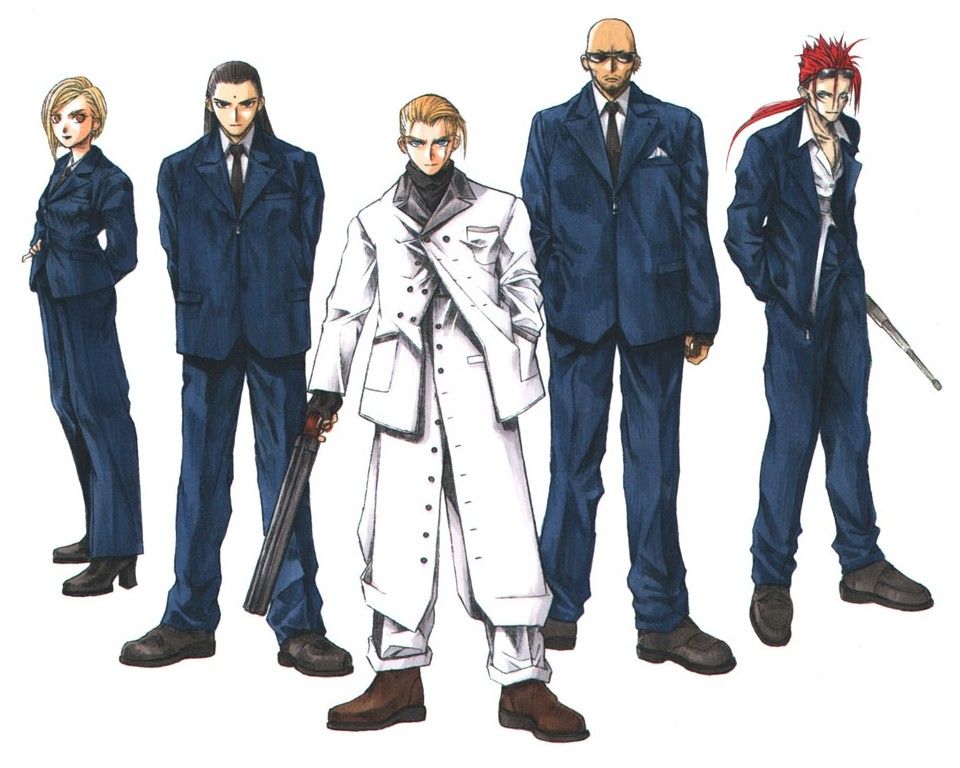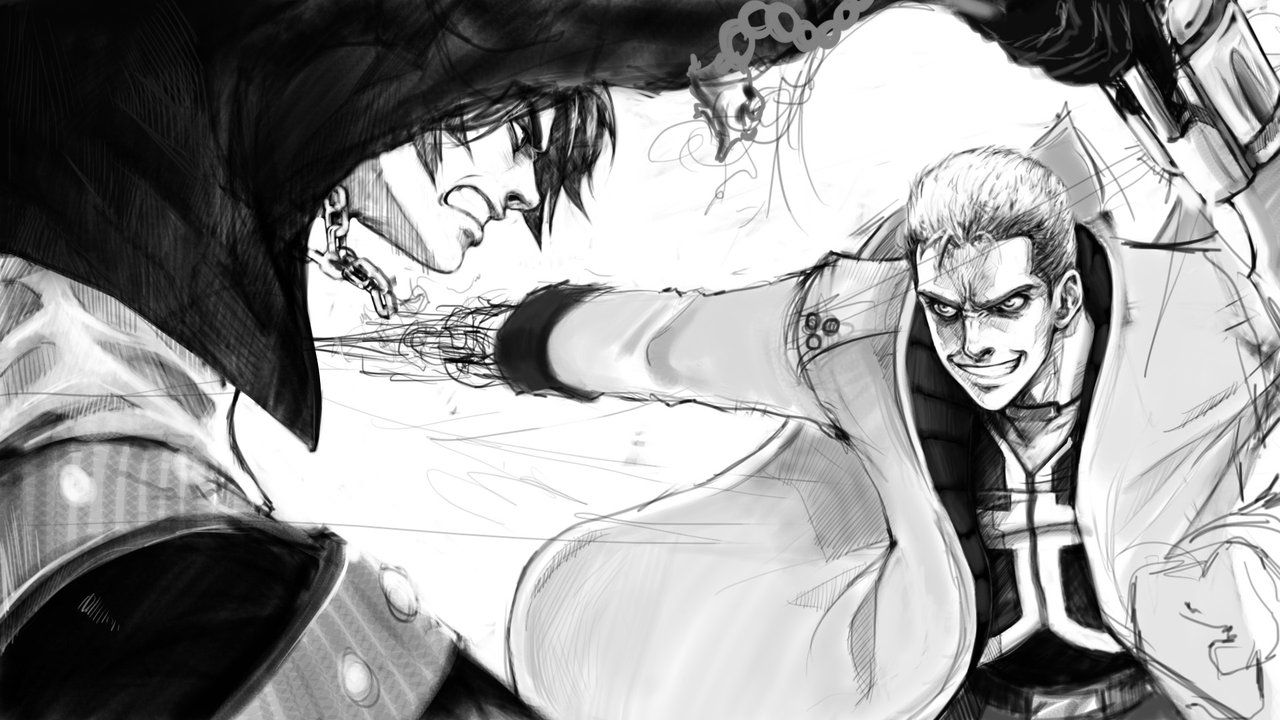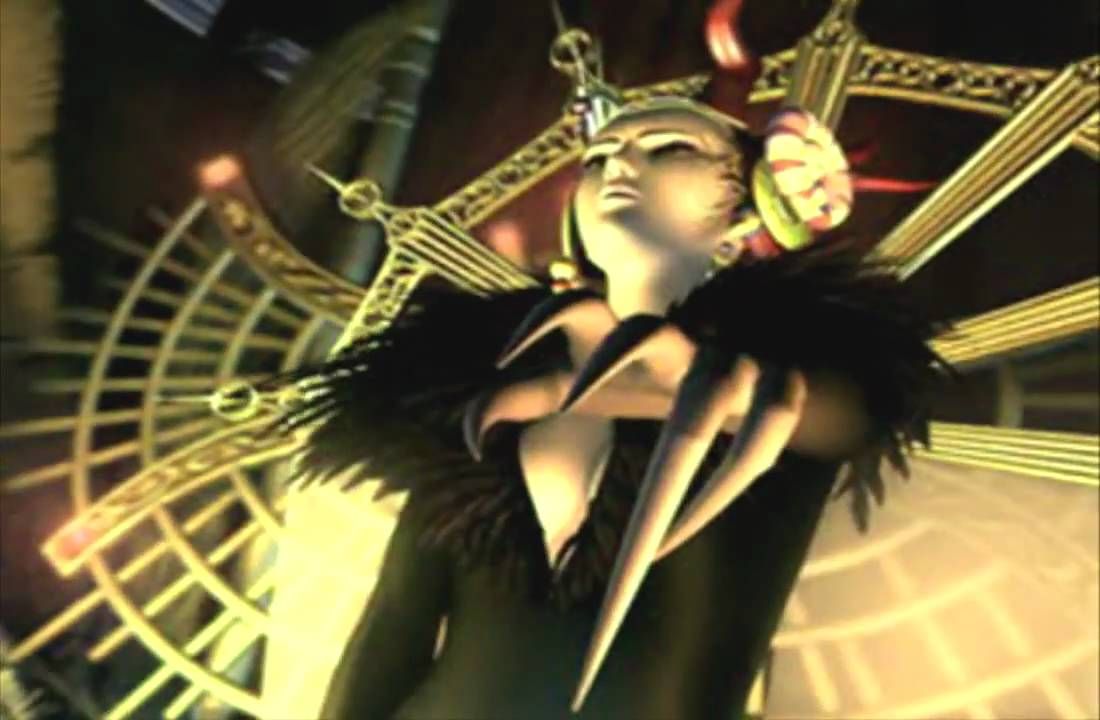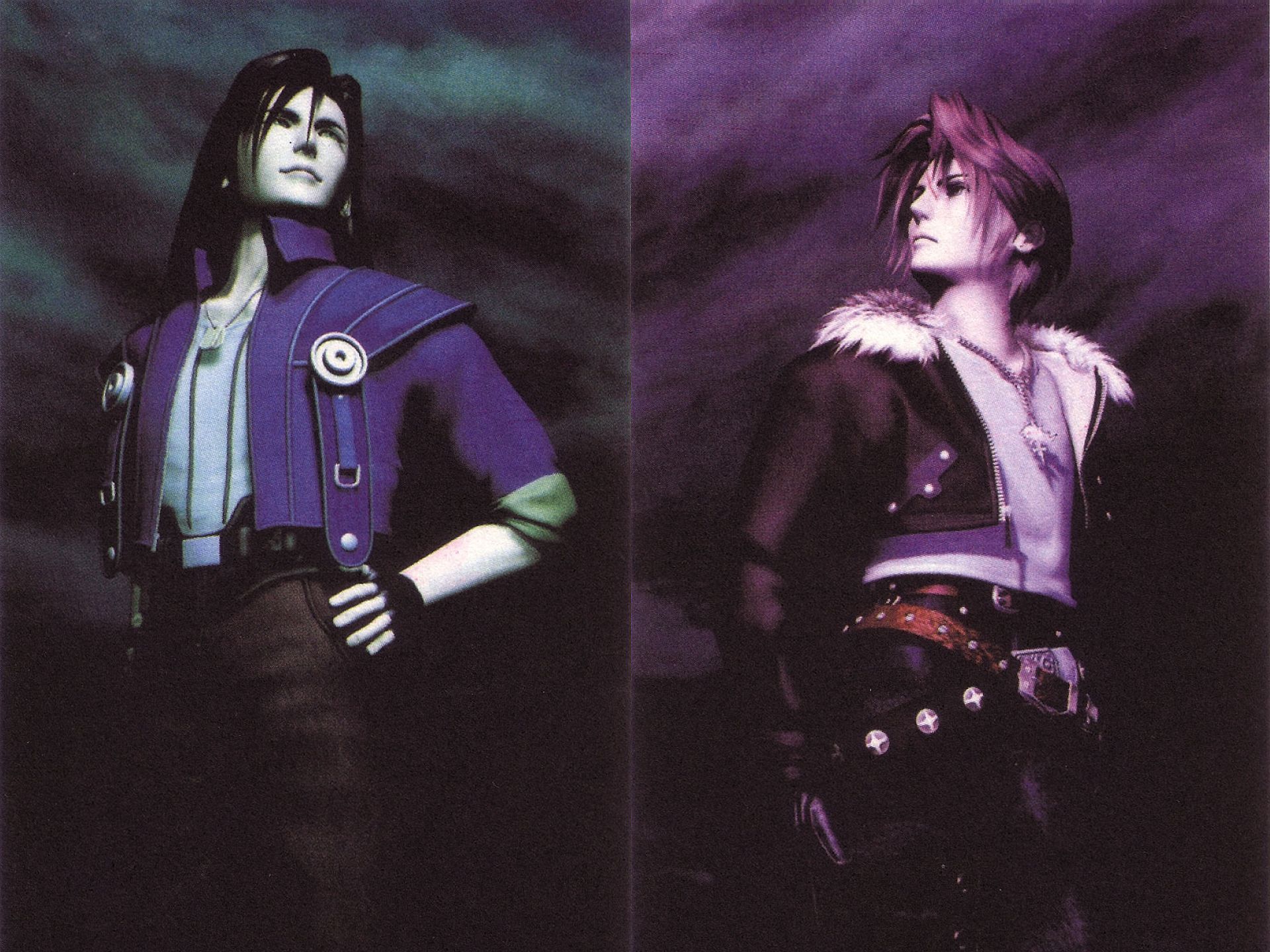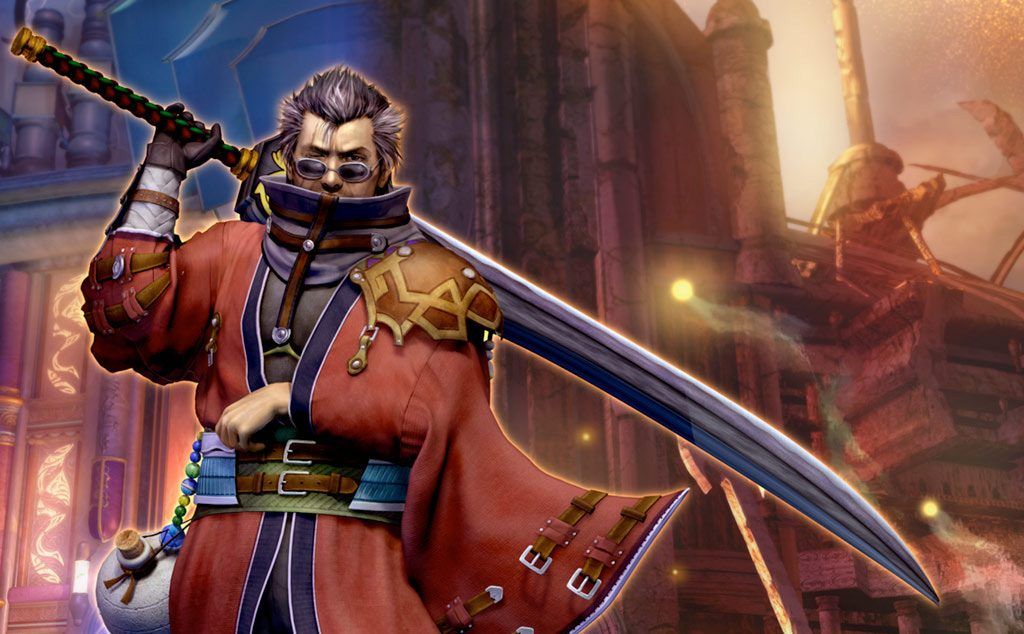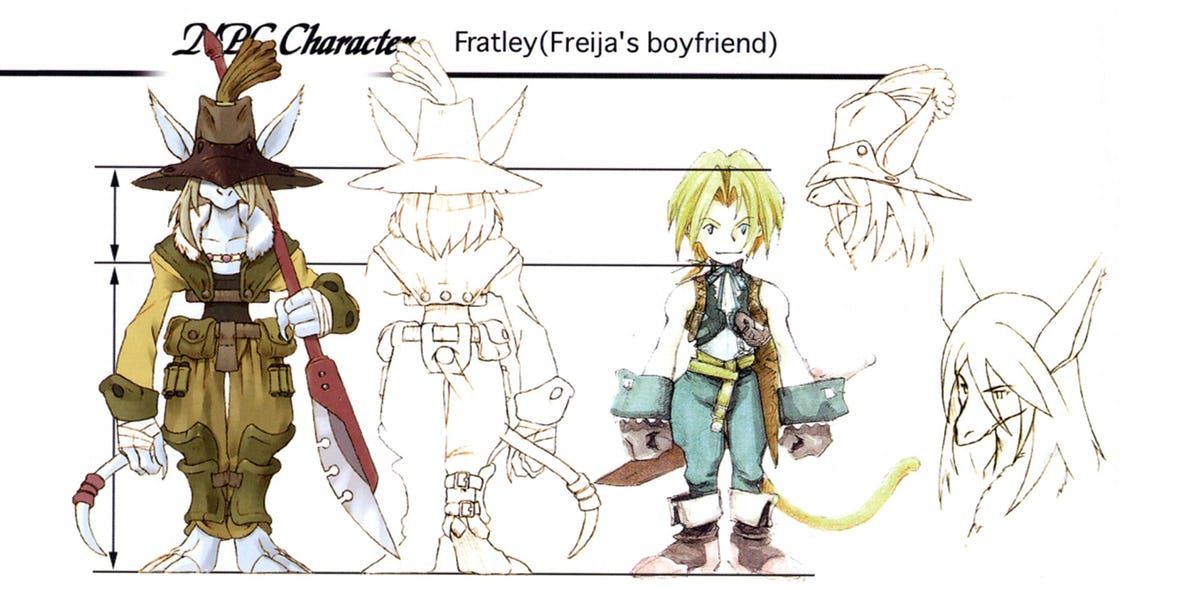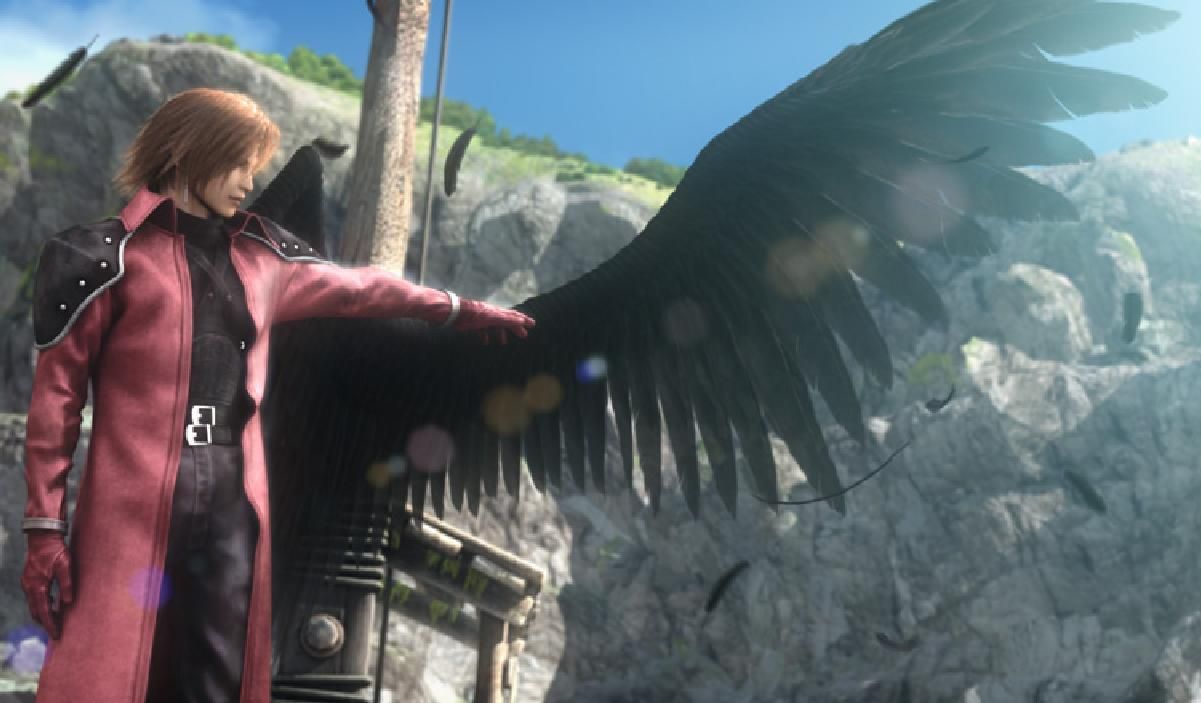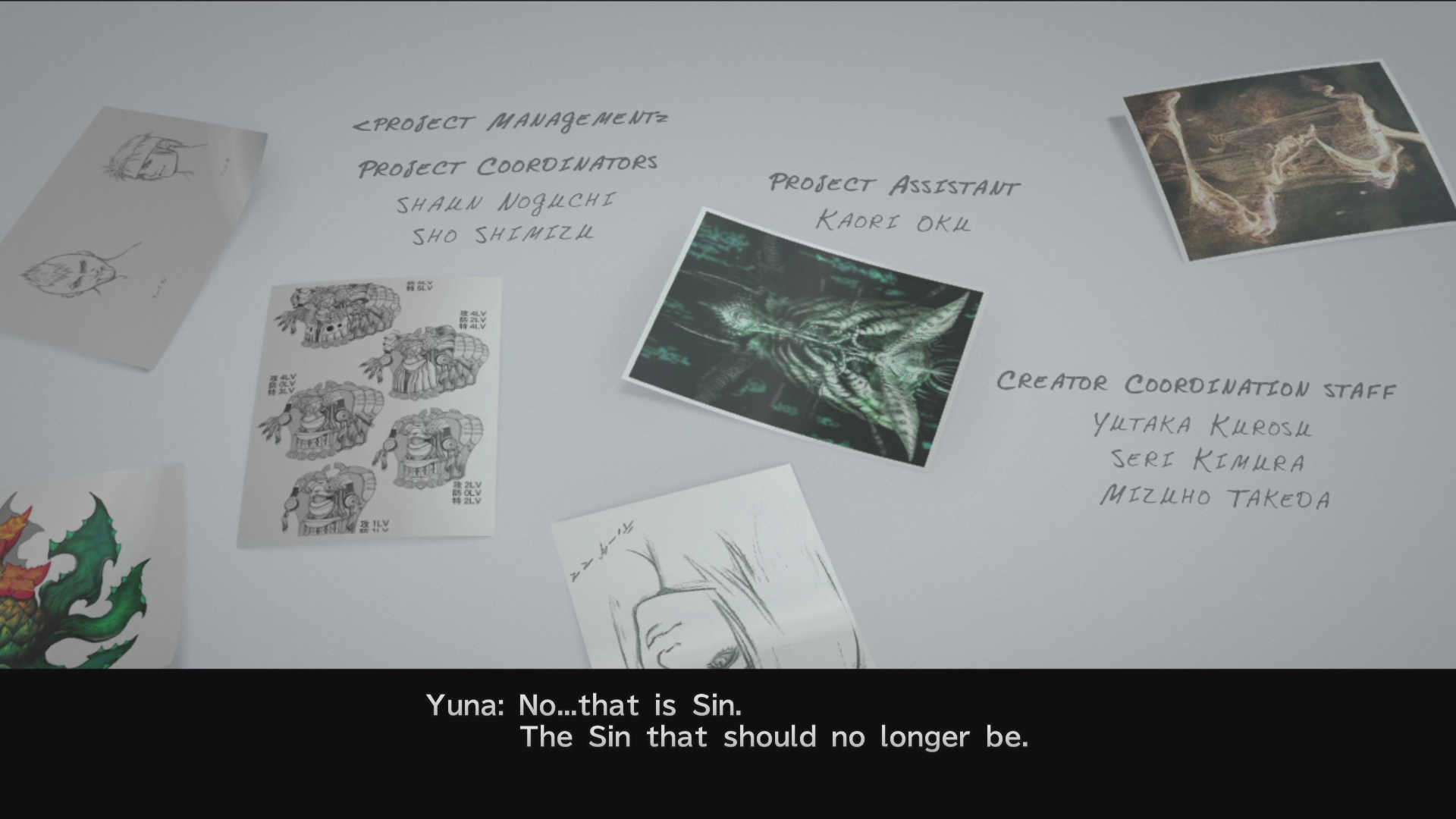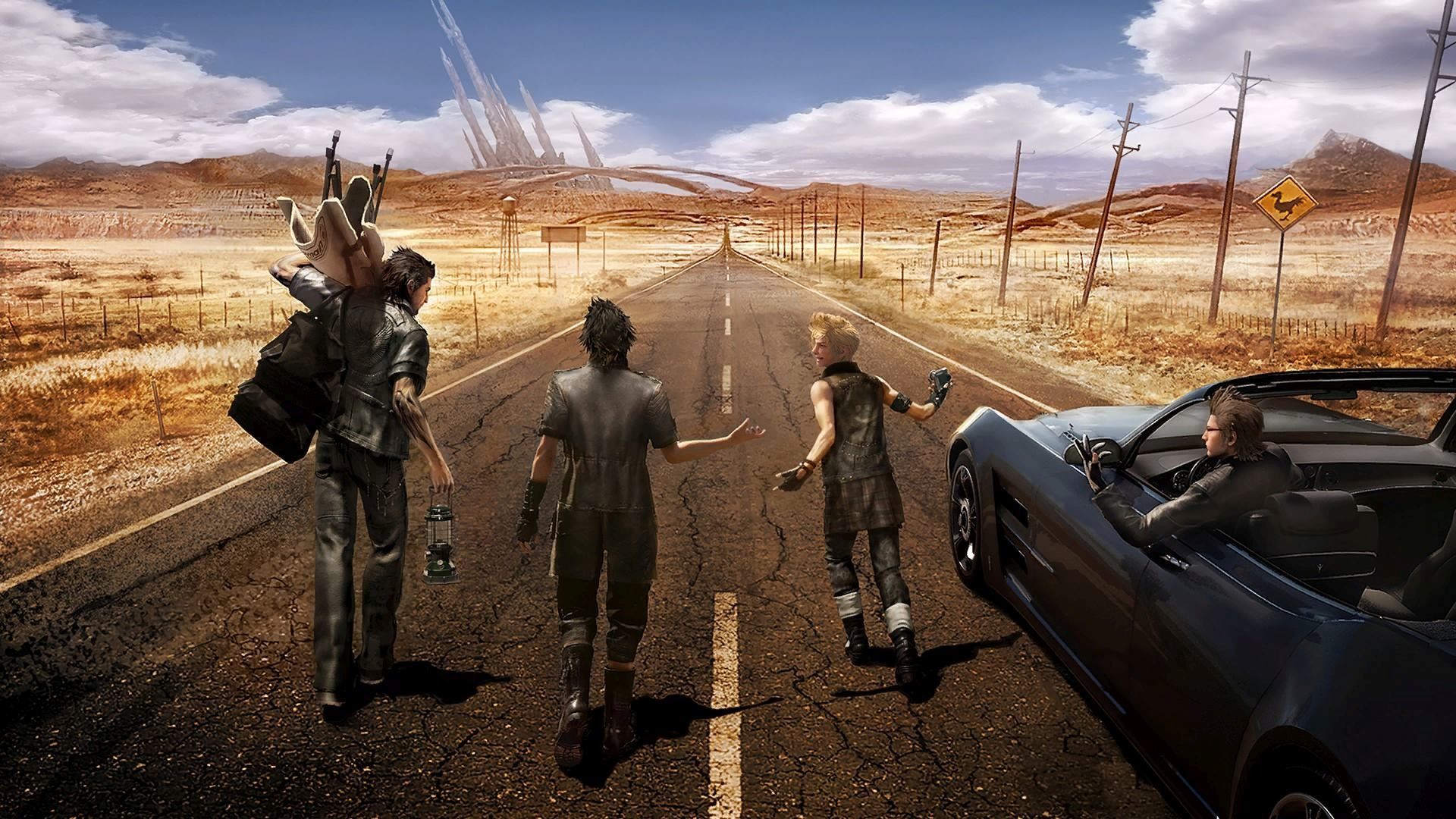Arguably the biggest RPG video game franchise in the world, Final Fantasy remains one of the most popular video game series out there. With Final Fantasy XV, the latest entry in the series, having sold an impressive 6.5 million copies, the franchise has remained relevant to this day. The series has given so many iconic gaming moments. Many of these of moments have been engrained into the greater pop culture encyclopedia. Fans from around the world remember so many elements from the series, particularly the stories, characters, and settings.
Even though many of the stories in Final Fantasy are beloved and well praised, many of them are not without their flaws. Many fans remember the plot holes and unsolved mysteries that the franchise left hanging. A lot of these mysteries tend to either be minor in the grand scheme of things or plot important pieces that were never properly told.
The franchise has a lot of plots that were never properly resolved, which is why we are going over the top 20 Unresolved Mysteries And Plot Holes Final Fantasy Left Hanging. We all love the franchise, including the story elements. It is just the series sometimes has a habit of not resolving things that need to be resolved, which is what we will be talking about on this list.
20 The Final Encounter
Garland is the main antagonist of the original Final Fantasy. A knight from the kingdom of Cornelia, he kidnaps the princess of the kingdom, Sarah. He is the first boss the playable characters face. He is also the final boss; in a bizarre twist, the four Warriors of Light travel to the future to confront him again. It turns out that after his first defeat, he traveled to the future and became the being called Chaos. He then created a time loop to make himself immortal. As Chaos, he serves as the last boss.
After the Warriors of Light beat Chaos, the time loop ends, and all evidence of its existence is erased. So when the Warriors of Light go back to the present, everything is back to the way it was before Chaos’ interference. The ending narration suggests that Garland has also returned, yet what form he takes is never directly stated.
19 Garland's Chaotic Relationship
In the Dissidia fighting games, the main heroes of Final Fantasy face against the main villains of series. Garland is in the game representing the villains’ side for the original game. He works directly under Chaos, the leader of the villains. This is pretty confusing, given the fact that Garland became Chaos in the original Final Fantasy. Are they the same person? In the reports detailing the backstory of the game, it is written that the Chaos of Dissidia was a tool of war that originally had no name. It is Garland who christens the creature with the name Chaos, after the prophesized demon he will one day become.
The Reports explains why Garland and Chaos have the same name, however, it doesn’t explain why Garland would look exactly like Chaos when he becomes a demon. It hasn’t been explained why two separate characters look eerily similar to one and another.
18 The Stigma Of The Geostigma
In the CGI sequel film to the classic Final Fantasy VII, Advent Children centers on a new disease that is spreading across the planet. Called Geostigma, the illness is the results of Jenova cells that infected the Lifestream, the source of all life on the planet. Cloud has also been infected by Geostigma. He and a vast majority of people in the city of Edge are cured by the healing rain created by Aerith within the Lifestream. A pool of this purified water is found in the Church that Aerith planted her flowers.
The healing rain only affected those in Edge, and it was established that Geostigma was found all around the planet. While a majority of the infected population was living in the slums of Edge, there were still many infected people living outside the city. Dirge of Cerberus established that there are people in the world that still have Geostigma. So why isn’t Aerith’s super magical healing water not being spread out over the whole world?
17 Switching Sides
In the beginning of Final Fantasy II, the player begins the game controlling the characters Firion, Guy, Maria, and Leon. Leon is immediately separated from the group, and you spend most of the game wondering what happened to him. It is later revealed that the Dark Knight, a warrior working for the evil Emperor, is Leon. Later, after the party kills the Emperor, Leon decides to name himself the new emperor. However, the real Emperor returns, having become the ruler of Hell. This forces Leon to team up with the party to end the Emperor’s reign once and for all.
It’s never explained why Leon chose to join the Emperor. Maria is his sister, and Firion was his adopted brother, so it’s odd he would choose to betray them. To be fair to the game, we never got the chance to know what kind of person Leon was before he was swiftly separated.
16 From Heaven To Hell And Back
The Emperor in Final Fantasy II is a really bad dude. He is pretty much Emperor Palpatine from Star Wars. He is an evil dictator who seeks absolute power. When he was killed by Firion and the others in the Cyclone, he went to Hell, usurps Satan, and became the new ruler of Hell. He returns to the land of the living and tries to take over the world again.
It makes sense for someone as despicable as the Emperor to go to Hell, but what doesn’t make sense is how the Emperor ended up going to Heaven as well. You see, in the Dawn of Souls GBA remake of Final Fantasy II, there a completely new story added in after the end of the main storyline. Somehow, a part of the Emperor’s soul went to Heaven, and he ends up being the ruler of that realm as well. How did this happen?
15 Clouding Its Origins
Throughout Final Fantasy III, the Warriors of Light's main quest is to stop Xande. Xande is an evil sorcerer who, after being given the “gift” of mortality, attempts to disrupt the balance between light and darkness by draining the powers of the crystals. He is the main antagonist of the game, and nearly all the mythology of Final Fantasy III focuses on his past and motivations.
After the Warriors finally defeat him, the Cloud of Darkness suddenly shows up and claims to be the true main villain. The Cloud of Darkness arrival is so sudden and jarring that players barely have enough time to question its existence before they have to go through the final dungeon and stop it. It completely overtakes Xande’s position as the main villain of III. Despite being the primary antagonist up till that point, Xande has become a forgotten villain in the history of Final Fantasy. The question of what is the Cloud of Darkness is never properly explained.
14 The True Evil
Speaking of last minute villains, Necron is the final boss of Final Fantasy IX. Beforehand, the main antagonist was Kuja, a flamboyant warlock who desires to end all life after discovering his own mortality. After finally beating him, the playable characters are then suddenly summoned into a final boss with Necron, who comes out of nowhere. Unlike the Cloud of Darkness, who takes credit for all of Xande’s actions, Necron simply shows up, claims he is death itself and wants to return everything into nothingness. You then beat them, and the party continues acting as if Kuja was the last enemy.
There are a lot of parallels between Necron and the Cloud of Darkness. Many fans have theorized that the two may be the same being, yet in different forms. While Necron representing death is the perfect antithesis to IX’s overall themes of life and existentialism, his last-minute appearance sours a lot of fans taste for one of the best Final Fantasy games.
13 Unprecedented Survival
Final Fantasy IV was really the first time in the series that had an engaging story and characters to actually care about. A lot of it is outdated now, however, a lot of story elements from IV would become staples for future installments. This includes a love story with the lead protagonist, a surprise final villain, and character deaths. In the narrative of the game, the characters Tellah, Cid, and Yang sacrifice themselves to help the other party members.
Tellah is the only death that sticks though. Cid and Yang would be found later on in the game by the party, safe and sound. How they survived is never explained. It is especially odd in the case of Cid, who jumps off an airship and BLOWS HIMSELF UP. I'm guessing explosion is an easy to cure thing in the Final Fantasy IV universe.
12 Where'd He Go?
In Final Fantasy VI, the Returners are the main group that is resisting against the evil Gestahlian Empire. All the main characters join the Returners. Banon is the leader of the Returners and is only a temporary playable character. He joins the party briefly during their trek to the city of Narshe. He’s never a permanent party member, and he will completely disappear from the story after Kefka rises into power, and turns the world into ashes.
What happened to Banon is one of the biggest mysteries in Final Fantasy. The developers refuse to comment on what happened to him. They want his fate to be left to players’ imagination. Honestly, there aren’t enough context clues for fans to reach a plausible conclusion. He vanishes with such little fanfare that it is hard to imagine any outcome. It’s an unceremonious end for such vital character in the game’s story.
11 Kuja's Sudden Change Of Heart
After Zidane and the rest defeat Necron, they find themselves suddenly teleported back to their airship. Zidane figures out Kuja, the party’s sworn enemy, was the one who teleported them back to safety. He then goes back to save Kuja in the Iifa tree, and both get trapped inside the tree when it begins to wither away. Zidane would disappear for a year, until returning to his beloved Garnet during a play of “I Want to Be Your Canary”.
Kuja’s fate is never revealed. It’s assumed that he perished when the Iifa tree collapsed on him, but somehow Zidane was able to make it out. Kuja’s decision to save the party also doesn’t really make sense. Before saving the party, he was about to end all life by destroying the Crystal.
10 Survival Instincts
Final Fantasy Tactics has a reasonably complex story, with themes of betrayal, corruption, conspiracy, and grey morality, being the main focus. The game shows how much of history can be easily manipulative to favor the victors, and how the real heroes are often times the ones that are forgotten. In the world of Tactics, history has Delita Heiral as the hero of the War of the Lions conflict. The truth, revealed in the main storyline, is that Ramza Beoulve is the real hero. He selflessly sacrificed himself to stop the evil demon Ultima.
At least, that's what most believe. One of Ramza’s comrades catches a glimpse of him riding away with his sister, possibly having future adventures in other parts of the world. It is never explained how Ramza survived his encounter with Ultima, and it is very much possible the comrade who spotted him leaving was just seeing things. With that said, Ramza’s survival brings in hope in an unfair world.
9 Good Guys Or Bad Guys?
Other than Sephiroth, the Shinra Electric Power Company are the main antagonists of the world of Final Fantasy VII. They are the ones that discover that they can harness the power of the Lifestream, and weaponize Materia. They were the leading cause of all the major conflict in the world of VII, including being the ones that created Sephiroth.
In the sequel movie, Advent Children, the president of Shinra, Rufus, returns to help stop the upcoming resurrection of Sephiroth. With him are the Turks, a group from Shinra that was in charge of investigations and stopping threats to the company. Advent Children frames the story to make Rufus’ true allegiance ambiguous... but Dirge of Cerberus seems to imply that Rufus and the Turks were genuine in their desire to help the planet. What brought about this change isn’t properly explained, and hasn’t really been followed through in any spin-offs.
8 A Change Of Heart
While the sorceress Ultimecia is the real main bad guy in Final Fantasy VIII, Seifer is Squall’s arch nemesis. What started as an intense school rivalry, the pair’s relationship would escalate to planet-threatening heights. Seifer chooses to side against Squall and the rest of Balamb Garden in order to achieve his dream of becoming a Sorceress’ Knight. He was a constant enemy throughout the game. The last we see of him before the epilogue, he has kidnapped Rinoa and gave her to the Sorceress Adel.
At that point, he was too far gone. He even admits that to his friends, Raijin and Fujin. Yet, when we see him for the last time during the epilogue, after the party has defeated Ultimecia, he is seen peacefully fishing with Raijin and Fujin. It’s perplexing transition to say the least.
7 All Is Forgiven
Before Ultimecia is revealed to be the main antagonist in Final Fantasy VIII, the Sorceress Edea was set up as the main big bad. In the first half of the game, the main characters’ mission is to stop Edea, whose main goal is to destroy the mercenary group SeeD. In a plot twist, it is revealed that Edea is the wife of Cid, the headmaster of Balamb Gardens. She was also in charge of an orphanage where all the main characters grew up in.
After defeating her at the halfway point, it is revealed that Edea was being controlled by Ultimecia from the future. No longer under her control, she briefly aids the party in their adventures in Esthar. And then… nothing. She would then stay at the orphanage, doing nothing, and is last seen in the epilogue being totally normal. I guess all is forgiven.
6 Who's Your Daddy?
Final Fantasy VIII has many subplots that never really got the proper conclusion they needed. Edea and Seifer’s strange abandonment in the plot is just some of the major plots points left unsatisfactorily solved. This includes Rinoa becoming a sorceress towards the end of the game, and the whole thing with the Ragnarok ship.
However, there is one unfinished subplot that may actually be better left as is. It's been subtly implied that Laguna, the machinegun carrying soldier turned Mayor, is the father of the main protagonist Squall. All the context clues are evident, but it is never directly stated by any of the characters. The biggest hint comes from when Laguna and Squall meet for the first time towards the end of the game and Laguna implies he needs to tell him something important.
5 Never Settling Down
The main goal in Final Fantasy X is to stop the creature called Sin, a giant whale that represents humanity’s, well, sins. It is established that Sin cannot truly be defeated, he can only be weakened enough to temporarily disappear from the world. Before the events of the game, Braska and Jecht, the fathers of Yuna and Tidus (the leads of X), sacrifice themselves to “stop” Sin. In reality, Braska dies, and Jecht becomes the new Sin.
Auron, a major playable character in the main story, was with Braska and Jecht during their journey to stop Sin. The three were considered to be outcast within the world of X. Jecht was an outsider. Braska was shunned for his marriage to an Al Bhed, a tribe of people who are looked down by the rest of the world. Auron apparently was disgraced when he refused to marry a daughter of a high ranking priest. It is never elaborated on what went down with the proposal.
4 Situational Amnesia
This unsolved plot is one of the most frustratingly in the entire franchise. This is mostly due to how little attention it gets within the narrative of the game, which is hardly any. In Final Fantasy IX, the character Freya is searching for her beloved, Sir Fratley. When we finally get to see Fratley, he has lost his memory and doesn’t recognize Freya. It is a heartbreaking situation. However, that storyline never moves on from that major plot point. Afterwards, we never see Sir Fratley again until the epilogue, where he has gotten back together with Freya despite still not remembering who she is.
There was never an optional quest to further that subplot, and there aren't any context clues suggesting how he lost his memories in the first. He just did, and that was the end of it.
3 Where Is Genesis?
Crisis Core is a prequel game of Final Fantasy VII that focuses on the character Zack Fair. It introduces new elements to the VII canon, and it is primary remember by fans for its tragic outcome for Zack. One of these new elements is a character named Genesis, a soldier that was genetically engineered by Shinra, not unlike Sephiroth. Obsessing over the epic poem LOVELESS, and desiring to be a hero like Sephiroth, Genesis goes insane during the game due to his cells degenerating.
He manipulated the events of the game behind the scenes, influence major turning points in the series, including being involved with Sephiroth’s fall from grace. He survives Crisis Core, and Square Enix appeared to have been setting him up to be the next big player in the Final Fantasy VII universe. Yet, he's practically vanished.
2 So Is Final Fantasy X-3 Happening Or What?
When Final Fantasy X and X-2 were remade for the PS3, fans around the world had another chance to experience the world of Spira. If players beat both games in the X/X-2 collection, they are “treated” with a bonus material that hints at what happens to the characters after X-2. An audio-radio episode, the bonus paints a very dark future for the cast of Final Fantasy X. In this audio episode, Tidus and Yuna’s relationship has deteriorated. Sin has also come back, forcing Yuna to take action to stop it, while Tidus follows her. New characters are also introduced, including a young woman claiming to be Auron’s daughter.
While it is nice to hear from these characters again, the audio bonus wasn’t particularly well-liked by fans. The audio was suggesting that an X-3 may be on its way, but hardly anything has come about it since.
1 So Many Plotholes
Final Fantasy XV is a good game. Whatever shortcomings it has, it makes up for it by having its heart be in the right place. Because of the long development cycle for XV, many cuts were made towards the story. Many plot points and supporting characters were cut before the game was released. This ultimately made the game less coherent. Characters are introduced and abandoned at random times. Major story elements happen with little build-up. There are many unresolved plot points that are never properly addressed within the game. This means major characters like Ravus never really have their stories finished.
This is not to say that the story of Final Fantasy XV does not have merit. The world of XV is fascinating and feels completely believable. Ardyn is an entertaining antagonist. There are several memorable supporting characters, with the Dragoon Aranea being one of the highlights. Most important though, the bromance between Noctis, Ignis, Gladiolus, and Prompto is palpable.

